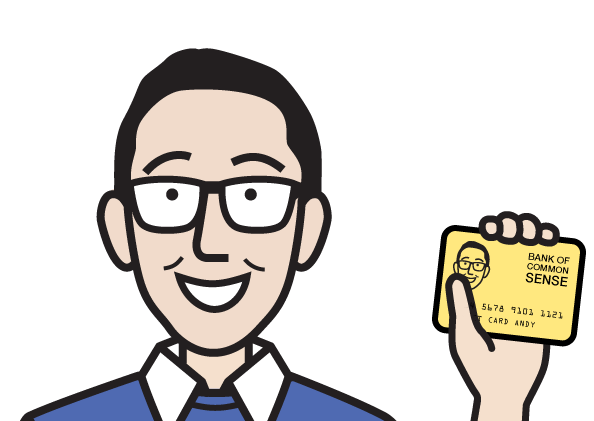 The fundamental difference between credit cards and debit cards is that when you use a credit card, the credit card company is lending you money. If you go to the store and buy orange juice with your credit card, you can thank the credit card company for that juice. Alternatively, if you used your debit card to buy that same orange juice, the store received a direct transfer of money from your checking account.
The fundamental difference between credit cards and debit cards is that when you use a credit card, the credit card company is lending you money. If you go to the store and buy orange juice with your credit card, you can thank the credit card company for that juice. Alternatively, if you used your debit card to buy that same orange juice, the store received a direct transfer of money from your checking account.
With the credit card, not a penny was taken from your bank account. It was simply added to a running monthly tab. At the end of the month, the credit card company will tell you how much you borrowed from them. At this point, you pay the credit card company what you owe them. Credit card companies will let you delay all or part of that month’s payment, but it will cost you more. I’ll go into paying credit card bills at a later point. I will assume you always have the money to pay your bill off in full (and you have not spent beyond your means).

 Link
Link